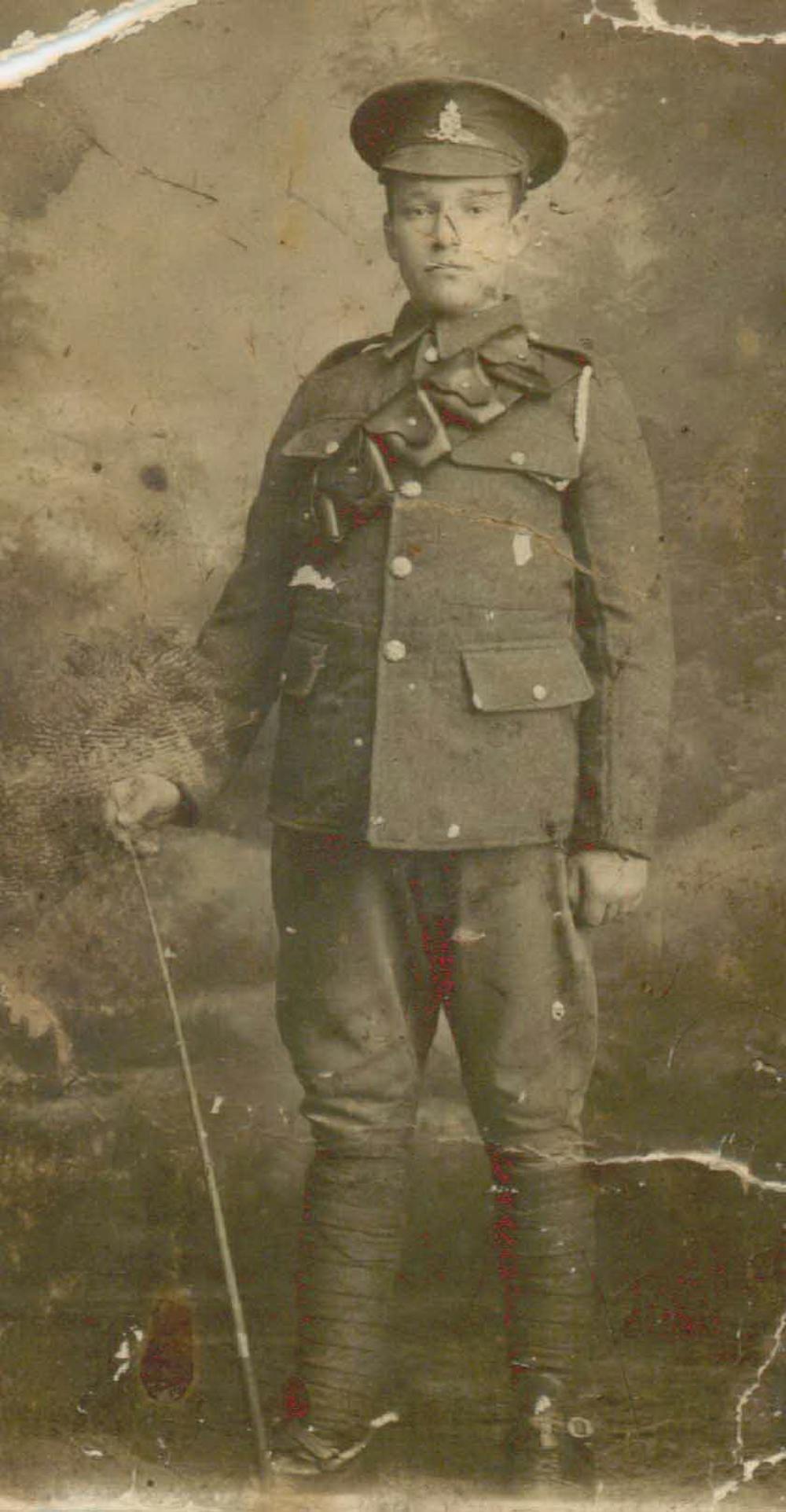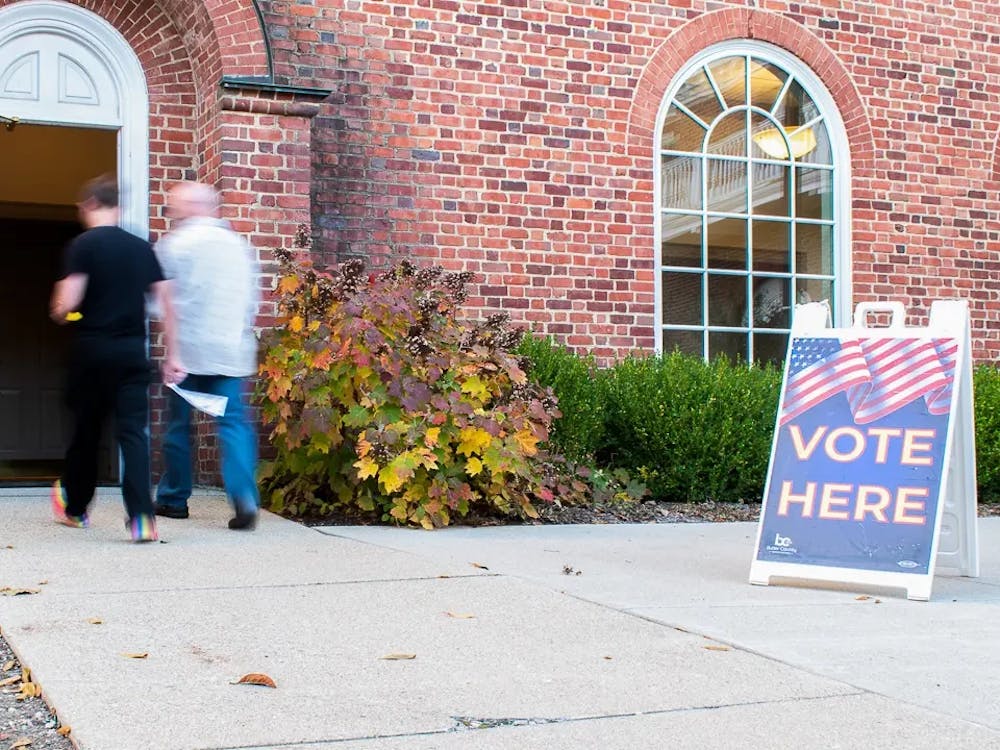Veterans Day, like so many other traditions we cherish and respect in the United States, has its origins across the seas. “Armistice Day” is the historical name for the honoring of the fallen on Nov. 11 – it was on that day 106 years ago that the peace treaty was signed between the Allied and Central Powers, and 11:00 a.m. that day marked the end of World War I.
Naturally, a date so significant for the peoples of the participating nations became enshrined in their own community’s consciousness, each in their own way.
But as the peoples of the separate nations have moved on following that momentous day, the heritage left behind to our generation is evermore mixed. It is by recognizing this heritage shared across nations by blood that one can remember the fallen through symbols.
So I decided to find and (when possible) wear the blood-red poppy, the symbol of WWI’s fallen and of “Remembrance Day” in the British Commonwealth, to which I have ties. I found this connection first through my grandmother on my mother’s side, who would show and tell the story of her own grandfather Arthur William Miller.
The youngest of a dozen children from the farmlands around Stony Mountain in Manitoba, Canada, Arthur would join the Canadian in his 20s in 1916, perhaps inspired by his father’s own service as a militiaman. Assigned to the Canadian Mounted Rifles, his unit would be sent into the center of the conflict, first at Vimy Ridge in France and then to the infamous Ypres Salient to break through the German occupation of Belgium in 1917. The subsequent Third Battle of Ypres (known better as the Battle of Passchendaele), would become the typified image of WWI throughout the public imagination, with its sucking mud covered in trenchworks and carnage.
There, Miller’s destiny would be permanently changed. Fighting on the frontlines, he would be repeatedly hospitalized back in the United Kingdom, allowing him to meet the pen-pal who became his wife. Finally, being discharged in 1918 for contracting trench foot (an irreversible disability), he returned to Canada and ultimately settled in British Columbia, where they would raise my grandmother.
The story of Arthur Miller, to me, is like a silver-screen war story: The young soldier serving in a foreign land amidst death and danger, returning home with his love and stories to tell their children. Though in truth, Arthur was highly reluctant to talk of the war that had maimed him, and there were too many others who would never have the chance to recall any of the triumphs and horrors they had witnessed.
Arthur’s wife’s brother, George Stephenson, would go M.I.A. and be declared dead on the same battlefield a month after Arthur was recalled, “disappearing” on the frontlines before his battalion moved back to trenches.
A more tragic story yet lies on my father’s side around William Stopani, who is my great-granduncle.
He volunteered for the British Army at the start of the war at 16, as many teenagers did. He served and survived almost the entire war in the Royal Artillery, only to be killed in action on Nov. 5, 1918, a mere six days before the guns would all go silent on the Western Front.
Wearing the poppy carries a mixture of emotions for me. It is easy enough to find pride in those ancestors who served so bravely, glad that both family memories and family records have preserved their legacies for me. Though I am an American with majority Irish ancestry (the latter having a highly strained and controversial history with the poppy), this collection of heroes matches the patchwork of identities that have become me and my family.
With William Stopani especially in mind, whose army’s symbol marks the center of my medallion, I think how fickle service life can be, where you can die mere days before the end of wars that should never have been started. As with Armistice Day’s original intention then, especially as the world again spins towards factionalism and conflict, it is best to remember the fallen to keep watch for the living.
Enjoy what you're reading?
Signup for our newsletter

The poppy-pin in the author's possession, crested with the badge of the British Royal Artillery. The motto reads “Ubique Quo Fas Et Gloria Ducunt” or “Everywhere That Right And Glory Lead”

Arthur William Miller and Hilda Forrest Miller after both wars in White Rock, British Columbia.

Arthur William Miller (1894-1958) sometime during the war years in full frontline uniform.
Gavin McGonagle is a senior undergraduate student double majoring in history (with honors) and political science. He is writing as an independent opinion columnist for The Miami Student as well as the press representative of the Miami University College Republicans. He serves as Chancellor of Oxford’s Knights of Columbus Council 18322 – Seat of Wisdom, as well as secretary of Epsilon Tau Pi, Sigma Colony.




